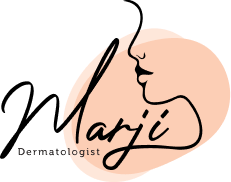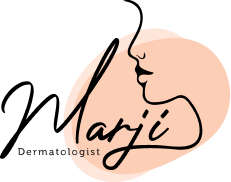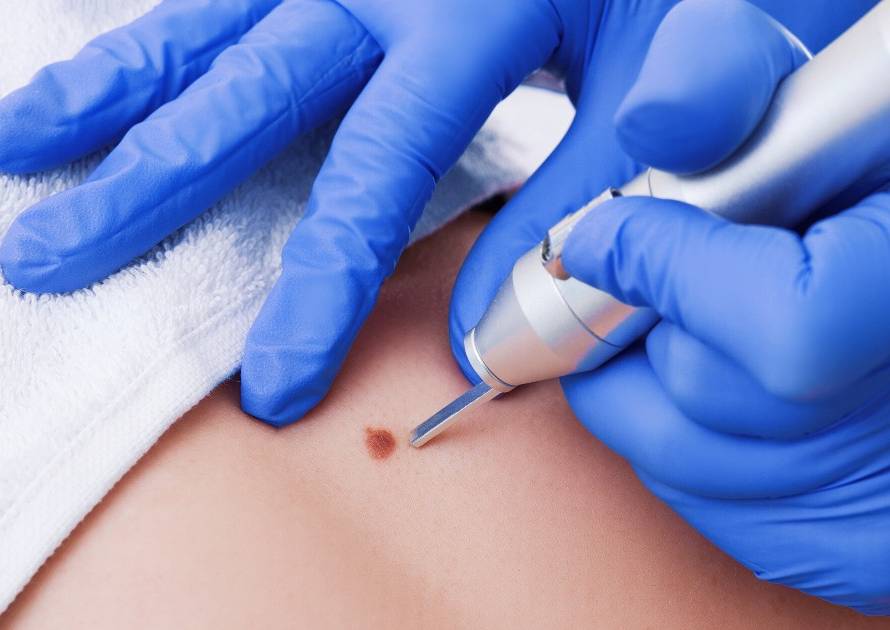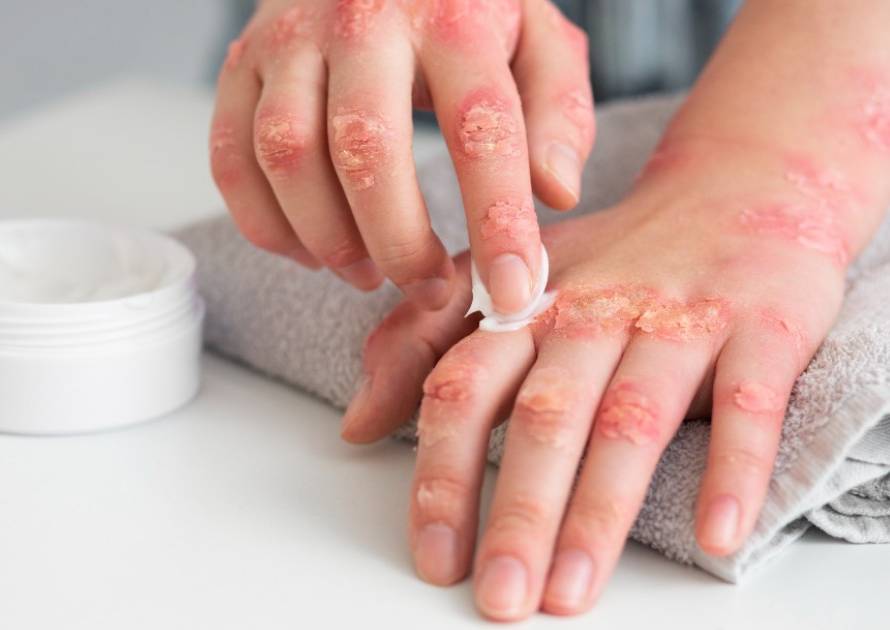If you’ve recently been diagnosed with alopecia areata and you would like to know more about this skin condition, how to cope with it, its triggers, symptoms, and treatment, then this is the right article for you.
This article aims to help you better understand alopecia areata, its causes, types, and treatment, and then answer the most commonly asked questions regarding this skin condition.
What Is Alopecia Areata?
Alopecia areata is an autoimmune-mediated skin disease that causes hair to fall out in small patches, which can be unnoticeable. However, sometimes, the patches may connect and then become noticeable. This skim condition develops when the immune system attacks the hair follicles, resulting in hair loss.
Alopecia areata causes acute sudden hair loss on the scalp and, in some cases, the eyebrows, eyelashes, and face, as well as other parts of the body. Sometimes, this skin condition can result in total hair loss, called alopecia Universalis.
Alopecia Universalis affects the whole body resulting in total hair loss, and it can even prevent hair from growing back. When new hair grows, it is possible for it to fall out again due to the skin condition. The severity of hair loss can vary from one person to another depending on various factors.
Alopecia areata can be triggered by extreme stress. If the person has someone in their family who suffers from alopecia areata, then it is more likely that they could get it, too, as the genetic factor plays a role in this.
There’s currently no cure for alopecia areata. However, there are medical treatments that could help hair grow back more quickly and prevent future hair loss, as well as various ways to cover up the hair loss.
Types of Alopecia Areata
When you visit the dermatologist to check on your alopecia areata, they will mention to you what type of skin condition you have. This is because the treatment might differ according to the type of alopecia areata that you have.
Here are the main types of alopecia areata:
- Alopecia areata: Alopecia is the medical term for complete hair loss, and areata means patchy. This type of alopecia can develop anywhere on the body, including the scalp, beard area, eyebrows, eyelashes, armpits, inside your nose, or ears.
- Alopecia totalis: This type causes the patient to lose all hair on the scalp so that the scalp is completely bald.
- Alopecia Universalis: This is a rare type that causes the patient to lose all hair, leaving the entire body hairless.
What Causes Alopecia Areata?
Alopecia areata is an autoimmune disorder that is characterized by the T cells surrounding the hair follicles. These T cells release pro-inflammatory cytokines and chemokines that reject the hair, which causes excessive hair loss in patches.
Although the exact process is not yet understood, there are studies that show that the following factors could trigger hair loss due to alopecia areata:
- Viral infection
- Trauma
- Hormonal change
- Emotional or physical stress
How Is Alopecia Areata Diagnosed?
Usually, patients need to consult a dermatologist to get the best possible diagnosis. The dermatologist will probably do the following before properly diagnosing someone with alopecia areata:
- The doctor will start by taking the patient’s medical history.
- After that, the doctor will perform a physical examination.
- Then, the doctor will do a dermatoscopic examination and look for characteristic signs such as exclamation marks and yellow dots.
Poor Prognostic Factors of Alopecia Areata
The prognosis varies widely from one person to another, and poor outcomes are associated with the following:
- Early age of onset
- Extensive hair loss
- Nail changes
- A family history
- Comorbid autoimmune disorders.
- Young age
- Generalized
- Ophyasiform pattern that affects the hairline
What to Expect from Alopecia Areata
There is not one single outcome of alopecia areata that can be indeed expected. The pattern of this autoimmune disease is individualized. This means that this skin condition can either be relapsing, in that it occurs for a while then withdraws, or chronic, which means that it occurs and stays for a lifetime.
Treatment of Alopecia Areata
As mentioned above, there is no ultimate cure for alopecia areata; however, there are treatments that the doctor can prescribe which would help you cope with the symptoms of alopecia areata. The treatment prescribed depends on the type of alopecia and its severity. Here are the possible treatments of alopecia areata:
- Topical medication like corticosteroids: Patients are advised to apply this medication to the bald spots once or twice a day as instructed by the dermatologist.
- Intralesional corticosteroids injections: These injections are done by the doctor at the site of alopecia and can be done in multiple sessions. These injections are usually given every 4 to 8 weeks as needed. This treatment is considered the most effective treatment for those who have a few bald patches.
- Systemic medications: This type of medication is prescribed by the doctor to stimulate hair regrowth in the bald patches of your body or scalp.
- Excimer laser: This is a treatment method performed by your dermatologist on your alopecia areata patches. The laser has a wavelength of 308 nm, and the treatment is done during multiple sessions (3 sessions per week) for multiple weeks.
All treatments are lesions directed and aim to treat current patches. However, these treatments are not preventive for developing new lesions.
The Psychological Impact of Alopecia Areata
Alopecia areata is one of the skin diseases that have a huge negative psychological effect on its patients. A study proves that psychiatric disorders are more common in people with alopecia than in the general population, which suggests that those with alopecia may be at higher risk for developing a serious depressive episode, anxiety disorder, social phobia, or paranoid disorder.
Most of the research shows that people with alopecia have higher levels of anxiety and depression than those who do not have alopecia areata. They also experience lower self-esteem, poorer quality of life, and a distorted body image.
This is why it is important to raise awareness that alopecia areata can happen to anyone. As a society, we need to be 100% accepting and supportive of alopecia areata patients. We can promote the self-esteem of alopecia areata patients by recommending the usage of hair wigs. However, if the patient does not want to cover their patches and is comfortable with how they look, it is important not to point them out and instead encourage and boost their confidence and positive self-image.
Frequently Asked Questions About Alopecia Areata (FAQs)
This section focuses on the most commonly and frequently asked questions about alopecia areata.
Is Alopecia Areata contagious?
No, alopecia areata is never contagious.
Is alopecia areata inherited?
There are studies that show that alopecia areata can be hereditary. In almost 20% of alopecia areata patients, at least one other person in their family is affected by the disorder. However, alopecia areata can also be caused by trauma, stress, and psychological trauma.
How common is alopecia areata?
About 1.7 % of the world’s population will be affected by this condition at some point during their lifetime. Both children and adults are prone to this skin condition.
Is there a cure for alopecia areata?
There is no cure for alopecia areata yet. Still, there are several treatments to help you cope with the symptoms and make them less severe. There are also treatments to help stop the hairs around the alopecia areata from getting infected. Moreover, some treatments can help stimulate hair regrowth. Some treatments are short-term, and other treatments are long-term treatments.



